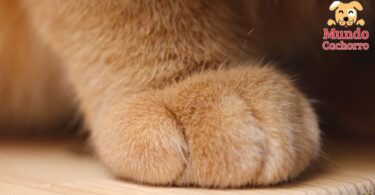Cats are one of the most popular pets worldwide and have a lot of fascinating characteristics that make them unique. Here are some surprising facts about cats that you may not know.
Surprising facts about cats
- Memory. The memory of cats is very good. In fact, some studies have shown that cats can remember things for years. This is impressive, as most animals cannot remember things for more than a few months.
- Smell. Cats have a highly developed sense of smell and can detect odors at a much greater distance than most humans. This allows them to find their owners and differentiate between food and other objects.
- View. Cats also have an incredible ability to detect movement. This is due to its ability to detect minute changes in light. This means that they can detect a moving insect from several meters away and can actually see with only one-sixth of the light needed by a human being.
- Jumps. Cats are able to land on their feet, thanks to their flexible spine and special joints. This allows them to fall from very high heights without injury, and they also have the ability to jump up to six times their own length in a single jump. Another of their conditions is that their flexible bone structure allows them to rotate their spine and pass through narrow spaces.
- Flavors. Cats possess an organ called “Jacobson’s organ” in the upper part of their mouth, which allows them to process odors more intensely. But, cats’ taste buds do not allow them to detect sweet tastes. Dogs do have taste buds with which to distinguish sweet tastes.
- Independent ears. You may have seen your cat wiggle its ears independently. This is because they have a total of 32 muscles in each ear, which not only allows them to move independently but also to pick up sounds more accurately.
- Purring. Although most people believe that cats purr out of happiness, they may also purr in situations of stress, illness or pain. Experts believe that this is a mechanism through which they can calm down. Of course it is normal for your cat to purr to be comfortable and happy.
- Whiskers. Cats’ whiskers are generally the same width as their bodies. They are a delicate organ that helps them in surprising ways with balance and other activities.
- Noseprint. Humans have unique fingerprints, but in the case of cats, each cat has a unique and particular nasal print.
- Dream. Some studies have shown that about 70% of a cat’s life is spent sleeping. This is because they need to replenish the energy necessary to remain active in their hunting habits during waking hours.
Image courtesy of https://pixabay.com, all rights reserved.







